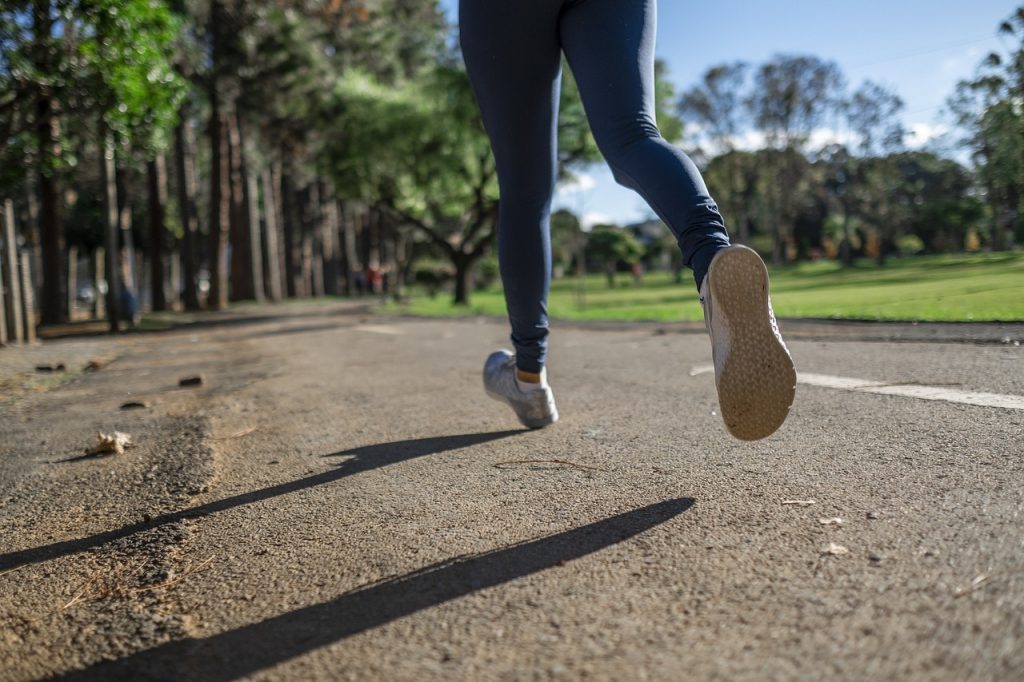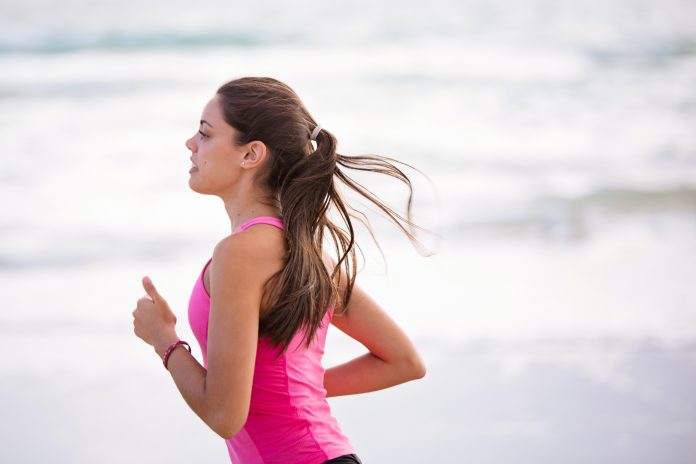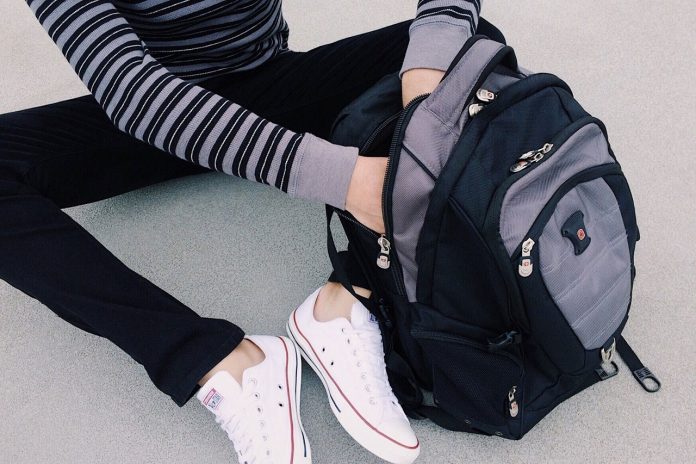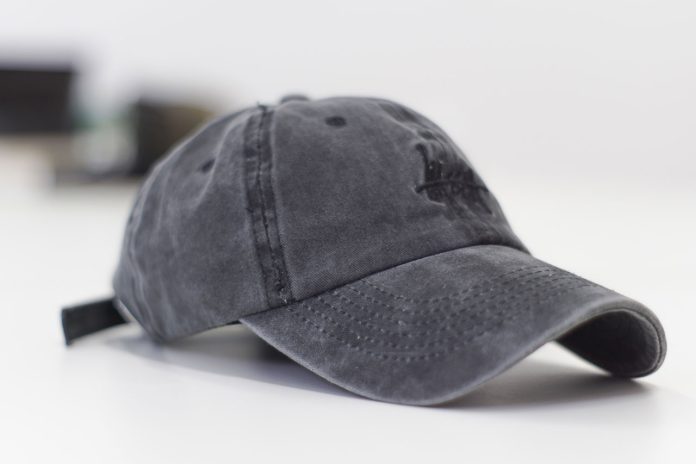Having proper running clothes can make your workouts significantly more comfortable, enjoyable, and efficient. The right clothing keeps you at the ideal temperature, wicks away sweat, prevents chafing, and offers performance-enhancing features. With so many athletic brands and pieces to choose from, it helps to understand how to select high-quality running clothes that match your needs.
Table of Contents
You may also want to know: The Complete Guide to Start Running for Better Health
Tops of Running Clothes
Focus on lightweight, breathable, sweat-wicking fabrics for running shirts. Synthetic performance fabrics like polyester or nylon work best. Key criteria include:
- Fit – Avoid tight compression and baggy shirts that can chafe and cause irritation. Leave room for free arm movement.
- Crew neck, V-neck, or scoop neck – Preference varies. Crew necks provide sun protection while V-necks allow added airflow.
- Moisture-wicking – Polyester/spandex blends keep you dry during runs by pulling sweat off the body.
- Mesh panels – Strategic mesh zones add breathability and temperature regulation in sweat-prone areas.
- Reflective elements – Reflective logos make you visible at night for safety. Useful for dark early morning or evening runs.
- Thumbholes – Prevent sleeves from riding up and provide hand coverage when pushing a jogging stroller.

Shorts
Look for lightweight shorts with a comfortable compression liner that prevents thigh chafing. Other helpful features include:
- Split outer leg – Allows a wider range of motion.
- Brief liner – Prevents chafing and provides support. Polyester is moisture-wicking.
- Side pockets – Hold gels, keys, or phone securely. Avoid shorts with bulky cargo pockets.
- Reflective logo – Reflective details like a back logo provide visibility.
- 7-10” inseam – Versatile length suitable for most runners. Test different lengths.
Leggings/Tights
Leggings help insulate and retain heat in colder temperatures. Prioritize these characteristics:
- Fit – Leggings should fit snugly but not dig in anywhere, especially the waistband and ankles.
- Rise – Opt for mid to high-rise leggings that provide belly coverage and stay put while running.
- Fabric – Look for stretchy, sweat-wicking performance fabric like nylon/spandex or polyester blends.
- Pockets – Side seam pockets securely hold keys, cards, and fuel.
- Reflective details – Hits of reflectivity keep you visible during low-light runs.
- Mesh panels – Zones of mesh provide added breathability and temperature regulation.

Layers
Versatile layers allow adapting to varied temperatures and conditions:
- Windbreaker – Thin wind-resistant jacket blocks wind chill. Packable ones easily stow when unzipped.
- Running vest – A sleeveless vest conveniently stashes fuel and keys while adding light warmth.
- Insulated jacket – Primaloft or down insulation provides lightweight warmth for cold weather runs.
- Beanie – The Knit hat retains warmth by protecting your head. Choose breathable, moisture-wicking fabric.
- Gloves – Fleece gloves keep hands warm but sweat-wicking fabric prevents getting clammy.
With research and experimentation, you can assemble a wardrobe of running apparel that keeps you comfortable across changing seasons and weather conditions. Invest in quality pieces delivering the technical performance features you need. The right clothing makes running more pleasant no matter the temperature or distance.
Related Links:
https://en.wikipedia.org/wiki/Running




